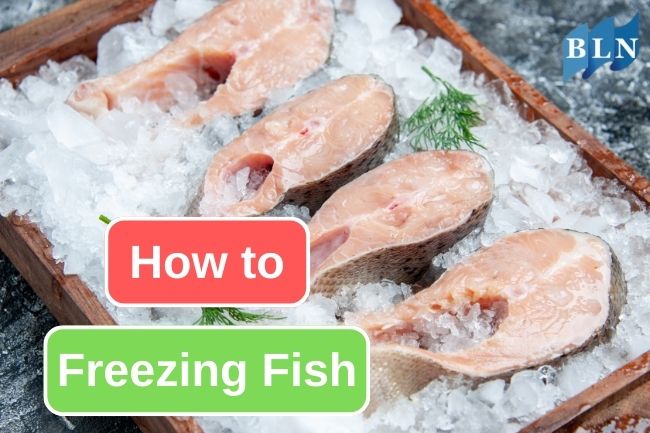This Is How to Freezing Fish Properly
By. Nevanda - 05 Apr 2023
lautnusantara.com - This is the simplest, most convenient and most highly recommended method of fish preservation. A good quality frozen product requires the following:
- Careful handling of the fish after catching.
- Removal of the guts and thorough cleaning of the fish soon after catching.
- Wrapping material or method that is airtight and prevents freezer burn and the development of undesirable flavours.
- A freezer storage temperature of 0 degrees F (-18°C) or lower.
Read also: This Is What Fish Smoking Look Like
The most important rule to follow when freezing fish is to treat air like the enemy. Any air in the packaging that fish is stored in will deteriorate the taste and texture of the meat. That’s why the best method for freezing fish is to vacuum-seal. If you don’t want to invest in a vacuum-sealer, you have two other options: glaze it or wrap it tightly.
Glazing fish is the second-best option when freezing fresh fish. To glaze the fish, dip them in cold water and place them on a sheet pan. Put the sheet pan in the freezer until the water is frozen. Then pull the fish out, dip it in the water again and place it back in the freezer on the sheet pan.
- Remove the guts and thoroughly clean the fish soon after catching.
- Small fish, such as sunfish and panfish, or small servings of fish can be frozen in ice.
- Place the fish in a shallow pan or water-tight container.
- Cover with ice water and place in the freezer until frozen (8-12 hours).
- Remove block from container and wrap.
- Label the package with the type of fish, number of fish or fillets and the date.
- Store in the freezer at 0°F (-18°C) or lower.
Read also: Try This Squid Ink Pasta At Home
Wrapping the fish is the third option. Using plastic wrap, wrap each fish tightly. Then place them in a freezer bag. Try to get as much air out of the bag as possible before sealing it, writing the date and placing it in the freezer.
- Remove the guts and thoroughly clean the fish soon after catching.
- Prepare the fish as you would for table use. Cut large fish into steaks or fillets. Freeze small fish whole.
- Wrap the fish in heavy-duty freezer bags. Separate layers of fish with two thicknesses of packaging material for easier thawing.
- Label the package with the type of fish, number of fish or fillets and the date.
- Store in the freezer at 0°F (-18°C) or lower.
Writing the date on the package when you freeze fish is incredibly important. Even though freezing extends its shelf life, it will begin to lose its texture and flavour over time just as chicken or steak will. Labelling each package with the date it was frozen will help you keep track of its freshness.
 in Coral Reef Ecosystems.jpg)
.jpg)





 and Its Impact on Indonesia's Maritime Economy.jpg)
